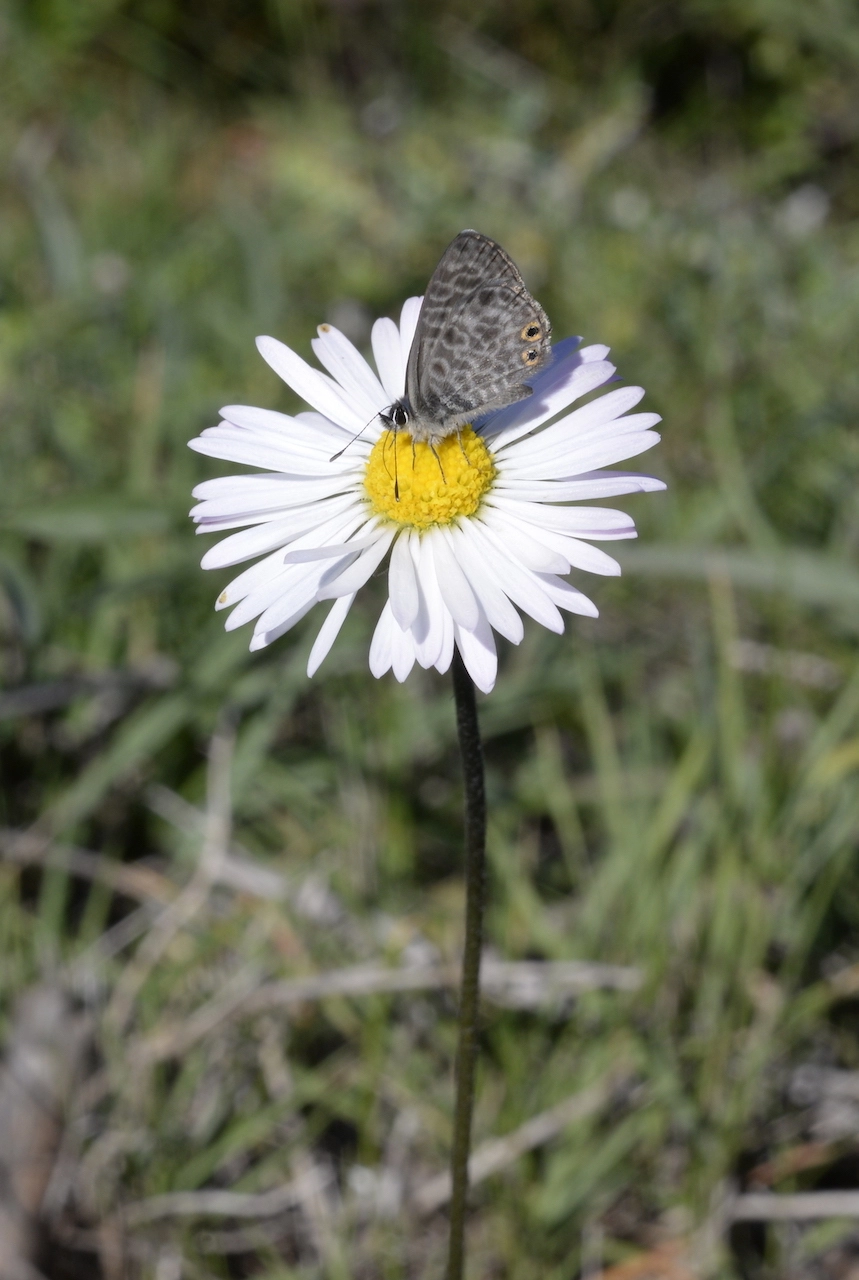. . .
The computation Smith had just finished that day in May 2019 combined individual population estimates for 529 bird species, from the most common sparrows and robins to rarities hardly ever seen. When Smith pulled these estimates together and adjusted each for its degree of certainty, the findings came down to a single ski slope of a chart. It showed a precipitous drop in nearly all these species in every part of the continent. At the bottom sat four lone digits—2.913. That’s the number of breeding birds in billions that had disappeared since the early 1970s. He had documented an accelerating churn of seasonal losses that slowly took their toll on the abundance of birds. And it translated to an astounding third of the adult birds that not long ago filled North America but now are gone.
The hardest hit were grassland birds, down by more than 50 percent, mostly due to the expansion of farms that turn a varied landscape into acres of neat, plowed rows. That equates to 750 million birds, from bright yellow Eastern and Western Meadowlarks with their incessant morning songs to the stately Horned Lark with black masks across the male’s eyes and tiny hornlike feathers that sometimes stick up from their heads. Forest birds lost a third of their numbers, or 500 million, including the compact, colorful warblers and speckle-breasted Wood Thrushes that sing like flutes. Common backyard birds experienced a seismic decline. That’s where 90 percent of the total loss of abundance occurred, among just twelve families of the best-known birds—including sparrows, blackbirds, starlings, and finches. There’s been relatively little research on these species, and there’s no sense of urgency when resources are already stretched thin for so many other birds in more dire need.
The possibility of such losses was too startling to share with his colleagues until Smith checked every step of his calculations, particularly since he’d never attempted this analysis before. “It always takes a couple of times to get these numbers right,” he said. After a day and a half of painstaking scrutiny, Smith realized there was no mistake. “I was speechless. We’ve lost almost 30 percent of an entire class of organisms in less than the span of a human lifetime, and we didn’t know it.”
















